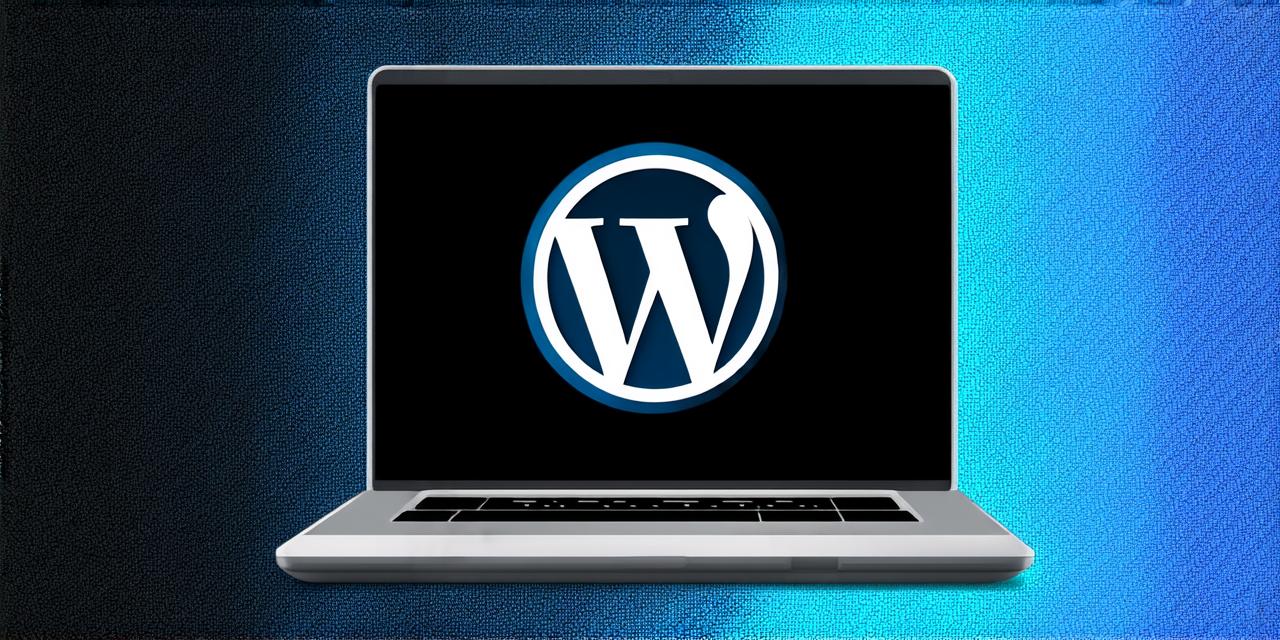Prerequisites
Before you begin, make sure you have the following:
- A domain name and web hosting account. You can obtain these from a web hosting provider such as Bluehost, SiteGround, or DreamHost.
- Access to your hosting server’s control panel, such as cPanel or WHMCS.
- Familiarity with the command line interface (CLI) if you plan to use SSH or FTP for installation.
Installing WordPress on Your Hosting Account
Using Softaculous Installer
Log into your hosting account’s control panel. Navigate to the "Software" or "Apache & MySQL" section of your control panel. Look for a link labeled "Softaculous Installer" or something similar. Click on it. In the Softaculus installer, select "WordPress" from the list of available applications. Follow the prompts to configure your WordPress installation. You’ll be prompted to choose a domain name, username, and password for your WordPress installation. Once you’ve completed the configuration process, click on the "Install Now" button. Softaculus will install WordPress on your hosting account and configure it automatically. After installation is complete, you can access your WordPress installation by visiting your domain name in a web browser.
Using SSH or FTP for Installation
Log into your hosting account’s control panel and locate the "MySQL" section. Take note of your MySQL username, password, and database name. Download the latest version of WordPress from the official website (wordpress.org). Extract the contents of the WordPress zip file to a directory on your hosting server. Use an FTP client or SSH terminal to upload the WordPress files to your server. Make sure to upload all the files, including the "wp-config.php" file. Once the files are uploaded, open the "wp-config.php" file and make sure it contains the correct database credentials for your MySQL installation. In your FTP client or SSH terminal, navigate to your WordPress installation directory and run the following command:php wp-admin/setup.php. Follow the prompts to configure your WordPress installation. You’ll be prompted to choose a domain name, username, and password for your WordPress installation. Once you’ve completed the configuration process, click on the "Install Now" button. WordPress will install on your hosting account and configure it automatically. After installation is complete, you can access your WordPress installation by visiting your domain name in a web browser.
Configuring Your WordPress Installation for Performance, Security, and User Experience
Choosing the Right Hosting Plan
When setting up WordPress on hosting, it’s important to choose the right hosting plan for your needs. Here are some factors to consider: Traffic volume: If you expect a high volume of traffic to your WordPress site, you’ll need a hosting plan with enough resources to handle the load. Security requirements: Depending on the type of content you’re publishing and the potential threats to your site, you may need a hosting plan with additional security features, such as firewalls or malware scanning. Scalability: If your WordPress site grows in popularity, you’ll need a hosting plan that can scale up to accommodate increased traffic and usage.
Optimizing Your WordPress Installation for Performance
Here are some tips for optimizing your WordPress installation for performance:- Use a content delivery network (CDN) to speed up the delivery of your site’s content.
- Optimize your images by compressing them and using appropriate file formats.
- Enable caching to reduce server load and improve response times.
- Choose a reliable and efficient WordPress hosting provider that offers features such as SSD storage, PHP7, and HTTPS.
- Use a plugin like WP Super Cache or W3 Total Cache to cache your site’s pages and reduce server load.
Securing Your WordPress Installation for Security
Here are some tips for securing your WordPress installation for security: - Keep your WordPress software up-to-date with the latest security patches and updates.
- Use strong passwords for all user accounts, especially for administrative users.
- Enable two-factor authentication to add an extra layer of security to user logins.
- Limit login attempts and use a plugin like LoginLockDown to prevent brute force attacks.
- Disable file editing in the WordPress dashboard and use a plugin like iThemes Security or Wordfence Security to monitor your site for suspicious activity.
Optimizing Your WordPress Installation for User Experience
Here are some tips for optimizing your WordPress installation for user experience: - Choose a clean, fast-loading theme that is mobile-friendly and easy to navigate.
- Customize your theme settings to improve performance and usability, such as enabling lazy loading of images and reducing the number of HTTP requests.
- Use plugins like Yoast SEO or All in One SEO Pack to optimize your site’s content for search engines.
- Optimize your site’s content for readability by using headings, subheadings, and bullet points.
- Use a plugin like Grammarly or Hemingway Editor to improve your writing and reduce the need for editing.
FAQs
Q: What is WordPress?
A: WordPress is a free and open-source content management system (CMS) that allows users to create and manage websites, blogs, and other types of online content.
Q: How do I choose the right hosting plan for my WordPress site?
A: When choosing a hosting plan for your WordPress site, consider factors such as traffic volume, security requirements, and scalability. Look for a hosting provider that offers features such as SSD storage, PHP7, and HTTPS.
Q: How do I optimize my WordPress installation for performance?
A: To optimize your WordPress installation for performance, use a content delivery network (CDN), optimize your images, enable caching, choose a reliable hosting provider with fast servers, and use plugins to improve performance.
Q: How do I secure my WordPress installation for security?
A: To secure your WordPress installation for security, keep your WordPress software up-to-date, use strong passwords



